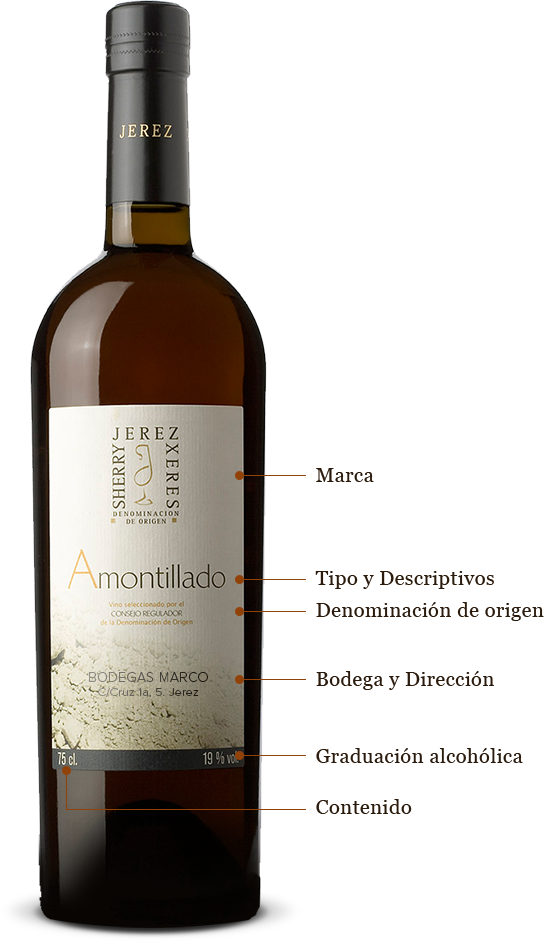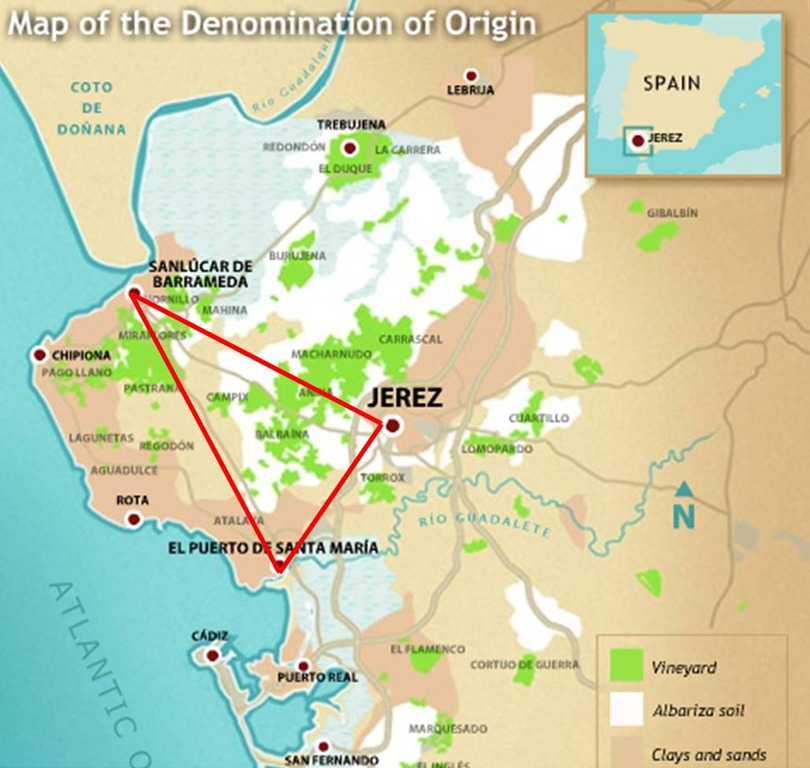“If I had a thousand sons, the first humane principle I would teach them should be, to forswear thin potations and to addict themselves to sack(sherry)!”
~ William Shakespeare
Sherry is one of its kind which was even able to attract the romanticism of great writers like William Shakespeare. Recently, there has been an announcement regarding an amendment to sherry laws. We will know about those amendments by the end of this article. But obviously, we need to know about the current laws first in order to point out the changes that are yet to come. So we will mention them as well.
If you are on a vacation in Spain and enjoying your Tapas( Spanish snacks), you will know what sherry is. Sherry is actually a fortified wine: a wine to which distilled spirit has been added. And it’s not the personal choice of the producer to fortify it or not. By law, one of the criteria that a wine must fulfil in order to get promoted to the position of sherry is that it needs to get fortified in order to reach an ABV of 15-17%. But the amazing thing is that the amendment which we have mentioned before will probably strike out this necessity in the near future. Fortification is relatively a new method for the production of sherry. Before the law came into effect, the required amount of alcohol in sherry used to be achieved without fortification. And history is gonna repeat itself. Once again, we will have those fancy bottles of sherry which have been prepared from grapes dried in the sun to increase their sugar content. This high sugar can then be fermented into alcohol. The amendment will surely benefit producers like Louis Pérez who have always been producing sherry without fortification but were never able to sell it under the label of sherry due to the current laws.
“It’s really beautiful when you read about these [once common] sherry wines in books written in the early 1900s and can make them in the same way today.”
Pérez elaborates


One question that may emerge in your head is that why wines are fortified. To put it simply, wines are fortified in order to preserve them since ethanol is also a natural antiseptic. In the case of sherry, alcohol is added shortly before or after fermentation which leads the yeast cells to complete the fermentation process converting all the sugars to alcohol. That’s why sherry is low in sugar and is considered a dry wine. In the movie, Diamonds Are Forever, James Bond samples a glass of Sherry, and M protests that sherry has no particular vintage year. And he wasn’t wrong since, after the fortification, the wine is aged and blended in a solera system (fractional blending in such a way that the finished product is a mixture of ages) and may contain very old wine as well. In fact, the word sherry is itself derived from the word sack from Spanish saca, which means extraction from the solera.
Where does sherry come from?
It comes from the Sherry Triangle: a beautiful region present in the area between the towns of Jerez de la Frontera, Sanlúcar de Barrameda, and El Puerto de Santa Maria. It was established as Spain’s first wine denominación officially called denominación de origen Jeres Xérès Sherry. A denominación de Origen in Spain is a label for high-quality food and wines which is earned by fulfilling the following criteria:
- The food or wine should be produced in that denominación de origen.
- It should be made according to a given set of rules.
- The item should be produced by the mentioned operators.
A semi-autonomous governing body exists for each region (Denominación de Origen) and for each food type. In our case, the governing body is called the Consejo regulador which investigates the quality, ingredients and production process of each product.


The Jerez district has a favourable climate for the production of sherry grapes with 70 days of rainfall and 300 days of sun per year. The best thing is the soil part since the region has mostly Albariza soil which is very absorbent and compact, making it capable of using the little rainfall that Jerez gets. By law, 40% of the grapes making up a sherry must come from albariza soil.
What kind of grapes are used for preparing sherry?
If I was writing this article earlier then I would have to skip this point since there used to be more than a hundred varieties. But in 1894, the region was devastated by the insect phylloxera and now there are only three varieties identified by the current law which should be used to prepare a fine glass of sherry :
- Palamino : This comprises 90% of the grapes grown for sherry.
- Pedro Ximénez : For sweet wines
- Moscatal : similar to pedro ximénez
I know you are still not able to get those mysterious pre-phylloxera grape varieties off your curious head. Well, who am I to keep them a secret when six of them have finally decided to unveil themselves? Yes, the new amendment once again: will allow the return of the following grapes in the sherry world: Beba, Cañocazo, Mantúo Castellano, Mantúo de pills, Perrino and Vigiriega.
The main kinds of sherry that are produced by the current varieties are Manzanilla, Fino, Amontillado, Oloroso and Palo Cortado. Most of them are aged under a layer of yeasts known as veil de flor except oloroso which thus gets oxidized to form a darker wine. Amontillado is aged first under the veil of flor followed by a period in which the flor disappears.
The elixirs which I have mentioned above have their own subtypes. But I will mention only one of them because it is special. Special in the sense that it was not previously present in the sherry world but will give a grand entry into this amazing world through the new amendment. Fino Viejo, will be added. It will be aged for at least seven years while Manzanilla Pasada wines will require the same amount of ageing (Whoops! I mentioned two while I said I would mention only one. Such things are bound to happen while writing about sherry. Refer to Shakespeare’s quote above for more elaboration.)
One another change that will be brought out by the amendment is that the distinction of Viñedos de Jerez Superior which is currently limited to the wines produced only in Jerez, El Puerto, Sanlúcar and Trebujena will be open to winemakers in any part of the Jeres Xérès Sherry.
Why so many new changes?
Well, change is a must for improvement and sherry will have to continue improving itself in order to remain at the top position.
“The aim behind the modifications is to differentiate between the qualities of these exciting wines and bring us closer to the world of wine. If sherry has generated more interest in the last 10 years it is because the category has gained in sophistication thanks to pagos, en rama and so on … it’s allowed us to get closer to consumers who are seeking a value-added product.” These elements need to be integrated into the DO regulations to allow us to enforce (sherry’s) diversification.”
César Saldīna, president of Consejo Regulador, has called this amendment a “a big step and a first step”.
And not just this, he further clarified that there will be more such amendments in the future in order to improve the production of Jeres-Xérès-Sherry. He said, “A few things are pending including the possibility of opening the DO to non-aged wines.”
Love has no boundaries
Sherry is a live example of this beautiful quote. Despite the law confining it to a small region, people all over the world have been trying to make drinks similar to sherry in order to bring its craze in their lands. Legally, they aren’t sherry of course. But each time a couple of cheers on one of these sherry-like drinks, they do it in the name of sherry itself. This wine is surely gonna maintain its position for long.


